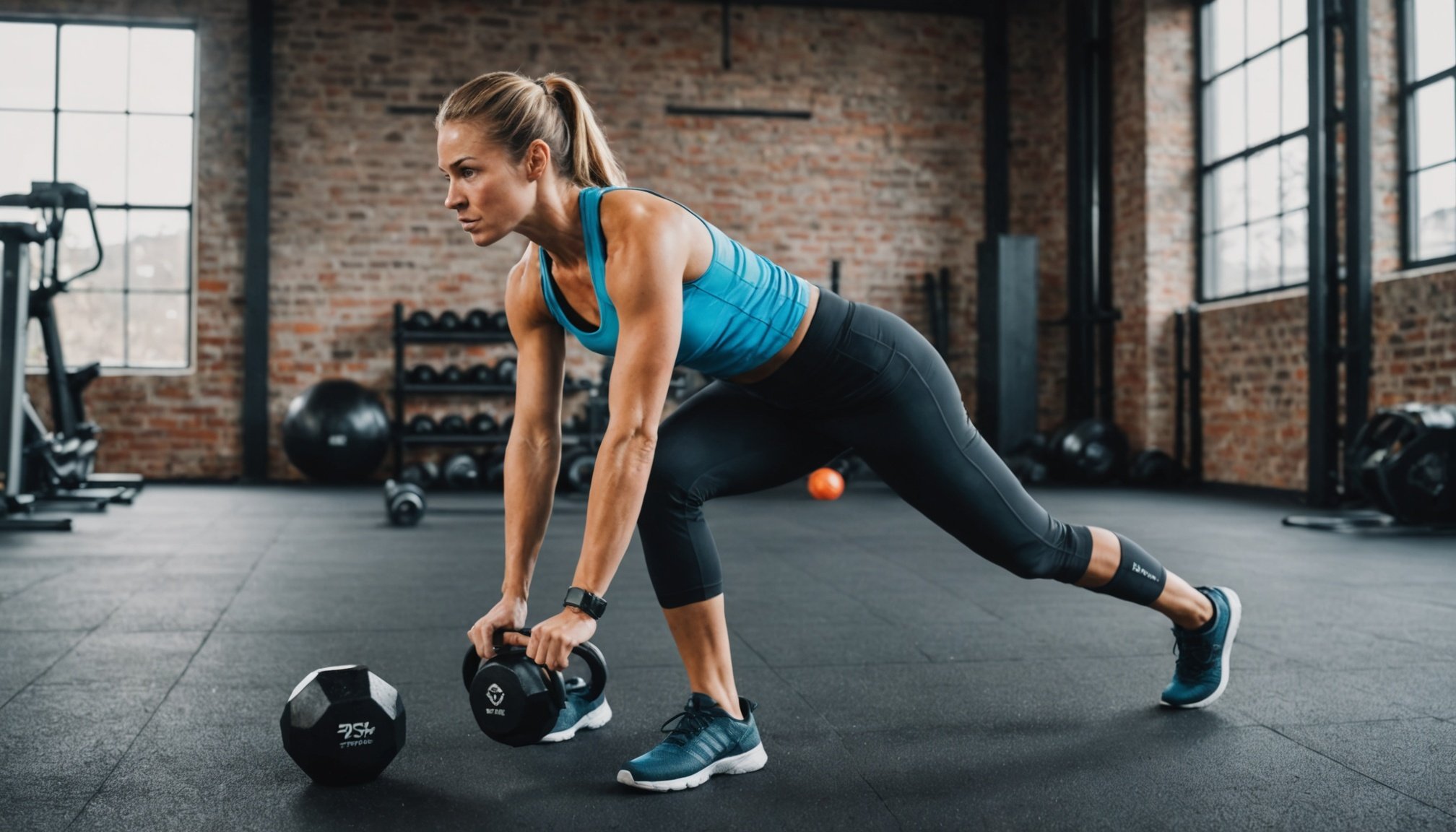Functional fitness has gained significant attention in recent years, often touted as the bridge between traditional workouts and real-life activities. This approach focuses on exercises that mimic everyday movements, enhancing strength, stability, and flexibility. As we explore the key components of a functional fitness routine, you will gain insight into how these elements not only improve your physical abilities but also enhance your daily life. Whether you are a seasoned athlete or just starting your fitness journey, understanding functional fitness will empower you to make informed choices that align with your goals.
Understanding Functional Fitness
Functional fitness differs from conventional training by prioritizing movements that you perform in daily life. Instead of isolating muscle groups, functional fitness incorporates compound movements that engage multiple muscles and joints, promoting overall body coordination and strength. You may find exercises such as squats, lunges, and push-ups central to this routine, as they replicate actions like sitting, standing, and lifting.
Also read : Essential Tips for Minimizing Plastic Waste in Your Everyday Hygiene Routine
The primary objective of functional fitness is to improve your performance in everyday activities. For example, a routine that focuses on core stability will enhance your ability to bend, twist, and lift safely. This routine is particularly beneficial for older adults, who may experience a decline in functional abilities as they age.
Additionally, functional fitness emphasizes balance and agility. Through various exercises, you can enhance your proprioception — the body’s ability to sense its position and movement in space. This improvement can significantly reduce the risk of falls, a common concern for many as they grow older.
Also to read : Effective Yoga Poses to Alleviate Sciatica Pain: Your Ultimate Guide
In summary, functional fitness is about integrating exercises that make your daily life easier and safer. By focusing on movements that you already perform, you can enhance your physical capabilities while also enjoying your workout, making this approach both practical and enjoyable.
Key Components of a Functional Fitness Routine
A well-rounded functional fitness routine consists of several key components, each playing a vital role in your overall physical development. Here, we outline the essential elements to include:
-
Strength Training: This aspect focuses on building muscle strength, necessary for lifting, pushing, and pulling activities. Exercises like deadlifts, kettlebell swings, and step-ups are excellent choices that strengthen major muscle groups.
-
Mobility: Flexibility exercises enhance your range of motion, aiding in injury prevention. Incorporating stretches, yoga poses, or dynamic movements helps maintain joint health and improves overall functional performance.
-
Stability and Balance: Core exercises such as planks and stability ball movements improve your body’s ability to stabilize itself. This is critical for maintaining balance during everyday tasks, reducing the risk of injury.
-
Endurance: Building cardiovascular endurance is a crucial aspect of functional fitness. Activities like cycling, jogging, or swimming can enhance your stamina, allowing you to perform daily activities without fatigue.
-
Agility and Coordination: Incorporate drills that challenge your speed and coordination, such as ladder workouts or cone drills. These exercises improve your ability to change direction quickly and respond to unexpected movements.
Each of these components is interconnected, contributing to a functional fitness routine that enhances your overall physical capacity. By incorporating these elements into your workouts, you can ensure that you are not only improving your fitness levels but also preparing your body for the demands of everyday life.
Designing Your Functional Fitness Routine
Creating a functional fitness routine tailored to your personal needs is essential for maximizing benefits. Here are steps to design an effective program:
-
Assess Your Current Fitness Level: Before diving into a routine, evaluate your current fitness level. Consider factors such as strength, flexibility, and endurance. This assessment will help you identify areas for improvement.
-
Set Clear Goals: Establish specific, measurable, achievable, relevant, and time-bound (SMART) goals. Whether you aim to improve your strength, enhance mobility, or increase endurance, having clear objectives will guide your training.
-
Choose Appropriate Exercises: Based on your fitness assessment and goals, select exercises that align with functional fitness principles. Aim to incorporate a mix of strength, agility, stability, and endurance exercises. For instance, a typical routine may include squats, lunges, push-ups, planks, and cardiovascular activities.
-
Create a Balanced Schedule: When designing your program, consider how many days a week you can realistically commit to training. A well-balanced routine might include 3-5 workout sessions per week, alternating between strength training and cardiovascular exercises.
-
Progress Gradually: As you become comfortable with your routine, increase the intensity or duration of your workouts progressively. This gradual approach will help prevent injuries while ensuring continuous improvement.
By following these steps, you can create a functional fitness routine that not only meets your personal needs but also supports your overall well-being. Remember that consistency is key; regular participation will yield the best results.
Benefits of Functional Fitness for Daily Activities
Engaging in a functional fitness routine offers numerous benefits that extend beyond the gym. These advantages can significantly enhance your daily activities:
-
Improved Strength and Endurance: By focusing on functional exercises, you can develop the strength needed for everyday tasks, such as lifting groceries or carrying children. The increased endurance gained from cardiovascular activities will help you maintain energy throughout the day.
-
Enhanced Flexibility and Mobility: Functional fitness routines often include dynamic stretches and movements that improve flexibility. This benefit translates into better range of motion in daily tasks, reducing the risk of strains and injuries.
-
Increased Stability and Balance: Regularly practicing balance and stability exercises enhances your ability to perform tasks that require coordination, such as climbing stairs or avoiding obstacles while walking.
-
Better Posture and Body Awareness: Many functional fitness exercises focus on core strength, which is crucial for maintaining good posture. Improved body awareness helps you move more efficiently, reducing fatigue during daily activities.
-
Injury Prevention: By building strength and stability, you decrease the likelihood of injuries during regular tasks. A well-rounded functional fitness routine prepares your body to handle physical demands safely.
Adopting functional fitness into your lifestyle not only improves your ability to perform everyday activities but also enhances your overall quality of life. The benefits are profound, ensuring that you can lead a more active and fulfilling life.
In conclusion, a functional fitness routine is a powerful tool for enhancing your physical capabilities and improving your daily life. By understanding the key components of this approach, you can create a personalized program that addresses your unique needs and goals. As you engage in functional fitness, you will notice improvements in strength, flexibility, and endurance that translate directly into your everyday activities. Embracing this fitness philosophy not only boosts your physical health but also empowers you to lead a more active and fulfilling life.











